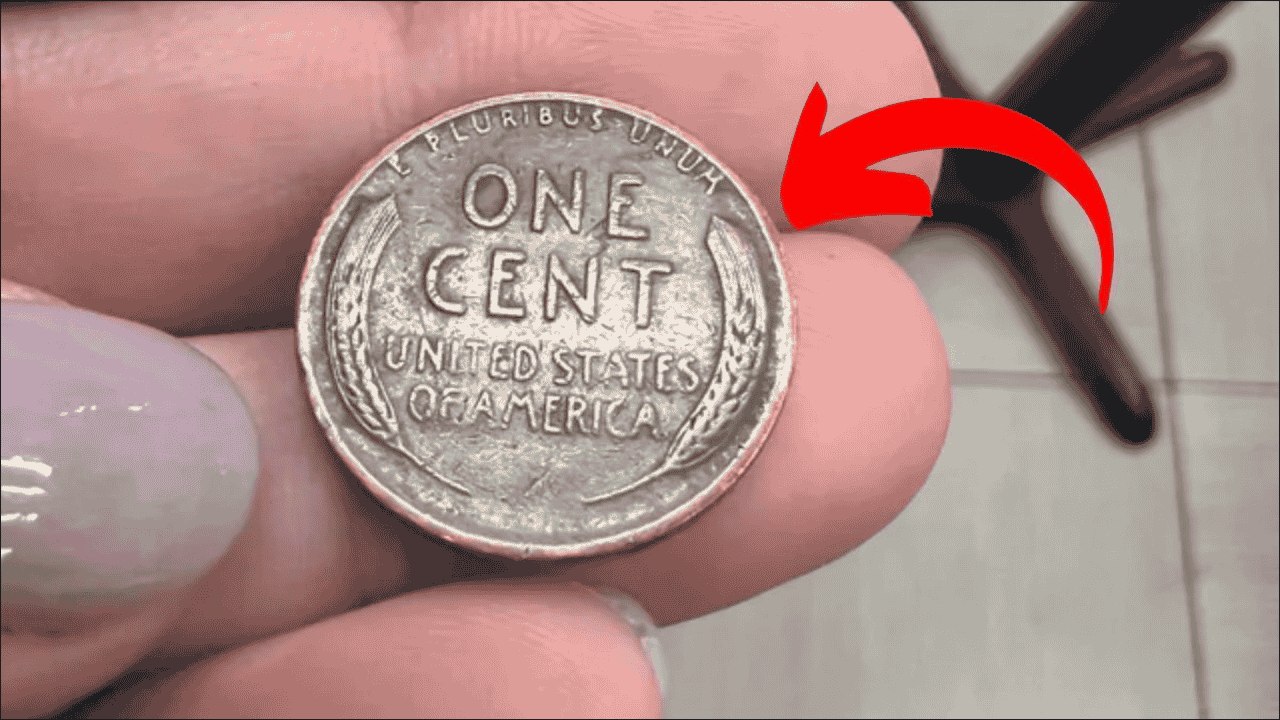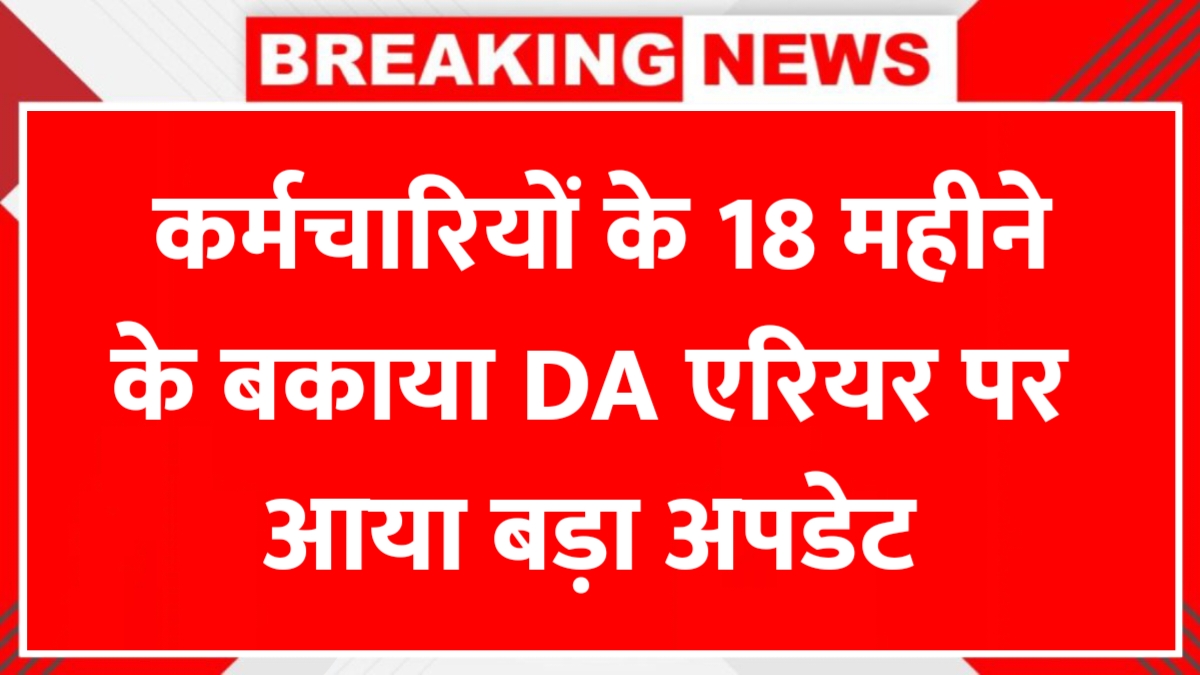The Lincoln Wheat Penny holds a special place in American coin collecting history as the first United States coin to feature a real historical figure rather than a symbolic representation. Created in 1909 to honor Abraham Lincoln’s centennial birthday, this remarkable penny was designed by Victor D. Brenner and immediately captured public attention. The coin’s obverse displays a dignified portrait of President Lincoln, while the reverse features two graceful wheat stalks surrounding the denomination, earning it the affectionate nickname “Wheatie” among collectors.
This penny remained in circulation for nearly fifty years, from 1909 until 1958, when the Lincoln Memorial design replaced the wheat design. During its long production run, the Lincoln Wheat Penny witnessed some of America’s most challenging periods, including the Great Depression and two World Wars. Families often saved these pennies during difficult times, viewing them as symbols of hope and resilience when money was scarce and every cent mattered.
The Wartime Metal Change That Created History
The most dramatic chapter in Lincoln Wheat Penny history occurred during World War II when copper became critically important for the war effort. In 1943, the United States Mint made the unprecedented decision to change the penny’s composition from bronze to zinc-coated steel, giving the coins a distinctive silver-gray appearance that looked completely different from traditional pennies. This wartime measure was intended to conserve copper for military equipment and ammunition production.
However, this metal transition created one of the most valuable error coins in American history. A small number of 1943 pennies were accidentally struck on leftover bronze planchets from 1942, creating coins that should not have existed according to official mint policy. These bronze 1943 pennies became immediate rarities because they represented a mistake that occurred during a highly controlled wartime production process.
The Million-Dollar Mistake
The 1943 bronze Lincoln Wheat Penny has achieved legendary status in the numismatic world, with one exceptional example valued at approximately 1.5 million dollars. This extraordinary value stems from several factors that make these coins incredibly rare and desirable. The primary reason for their value lies in their incorrect metal composition, as these pennies were struck in bronze when all 1943 pennies were supposed to be made of steel.
Fewer than twenty authentic 1943 bronze Lincoln Wheat Pennies are known to exist worldwide, making them exponentially rarer than most other collectible coins. The extreme scarcity, combined with the fascinating story behind their creation, has made these pennies highly sought after by serious collectors and investors. Professional authentication and grading play crucial roles in determining value, as the condition and authenticity of these coins must be verified by recognized grading services before they can command top prices.
Identifying the Valuable Penny
Recognizing a genuine 1943 bronze Lincoln Wheat Penny requires careful examination and knowledge of specific characteristics. The most important step involves checking the date, as any 1943 penny deserves close inspection since most from that year were made of steel. A simple magnet test can quickly distinguish between steel and bronze pennies, as steel coins will stick to a magnet while bronze coins will not respond to magnetic attraction.
The color difference between steel and bronze pennies is immediately noticeable to trained observers. Bronze pennies display a warm, reddish-brown tone that is characteristic of copper-based alloys, while steel pennies maintain their distinctive silver-gray appearance. Weight also provides a reliable identification method, as bronze pennies weigh approximately 3.11 grams compared to steel pennies at 2.7 grams. Anyone who discovers a potential 1943 bronze penny should seek professional authentication from reputable grading services to confirm its authenticity and condition.
Other Valuable Wheat Penny Varieties
While the 1943 bronze penny receives the most attention, several other Lincoln Wheat Penny varieties command significant collector interest and substantial prices. The 1909-S VDB penny, featuring designer Brenner’s initials and minted in San Francisco, represents the first year of production and remains highly collectible. The 1914-D penny from the Denver Mint is another valuable variety that serious collectors actively seek.
The 1922 No D penny presents an interesting error where the mintmark was accidentally omitted during production, creating a unique variety that defies normal minting procedures. The 1955 Doubled Die penny features dramatic doubling of the date and lettering that makes it easily recognizable and highly desirable among error coin enthusiasts. Each of these varieties contributes to the rich collecting possibilities within the Lincoln Wheat Penny series.
Starting Your Collection Journey
Beginning a Lincoln Wheat Penny collection offers an accessible entry point into the fascinating world of numismatics. New collectors can start by searching through coin rolls obtained from banks or examining their own pocket change for older pennies that might have escaped circulation. Organizing discoveries in dedicated coin folders helps track progress and identify gaps in the collection.
Learning about mintmarks, grading standards, and error varieties enhances the collecting experience and helps identify potentially valuable finds. Joining local coin collecting clubs or participating in online forums provides valuable education and connects new collectors with experienced enthusiasts who can share knowledge and trading opportunities.
Disclaimer: This article is written for educational and informational purposes. Coin values fluctuate based on market conditions, rarity, and condition. Readers should consult professional numismatists or certified grading services for accurate valuations and authentication of potentially valuable coins before making purchasing or selling decisions.














